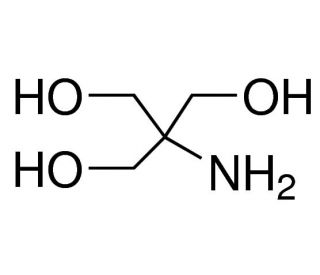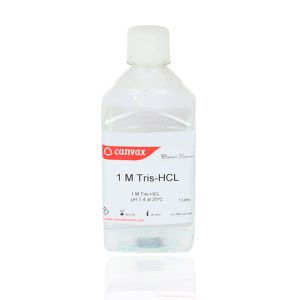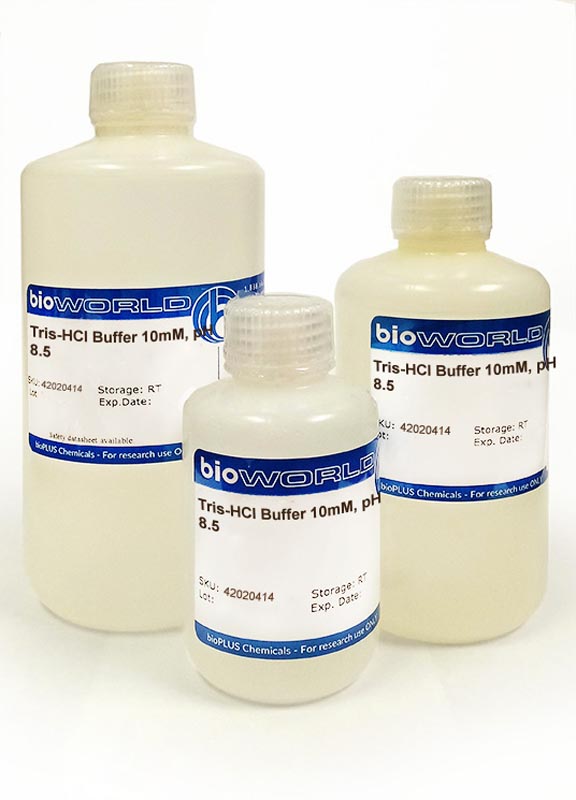
Interaction of Tris with DNA molecules and carboxylic groups on self-assembled monolayers of alkanethiols measured with surface plasmon resonance - ScienceDirect

Scheme 2. Structures of Tris, TrisHCl and etilendiaminotetraacetic acid (H4EDTA) : pH and Acid-Base Equilibrium Calculations via a Matrix Representation of Solutions of Acids and/or Bases : Science and Education Publishing

Solved: Chapter 17 Problem 92AP Solution | Loose Leaf Version For Chemistry: Atoms First 2nd Edition | Chegg.com
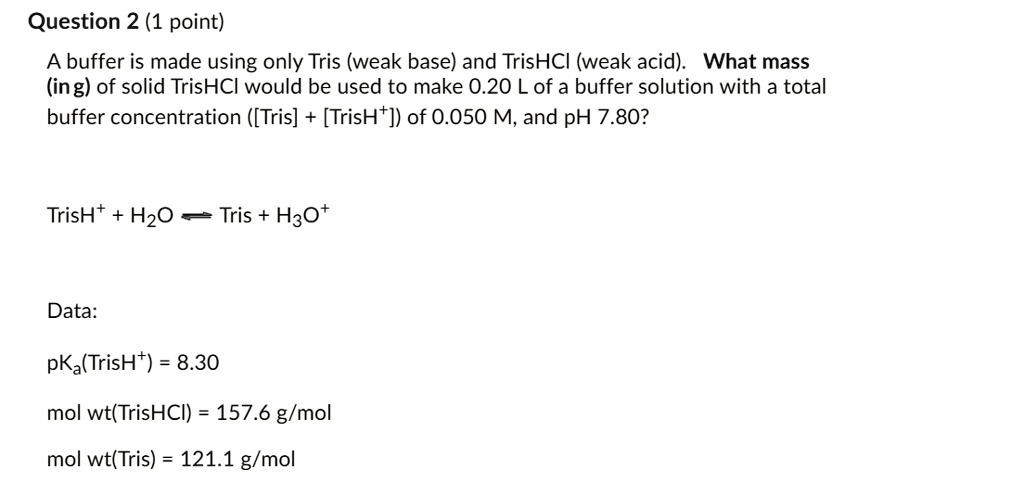
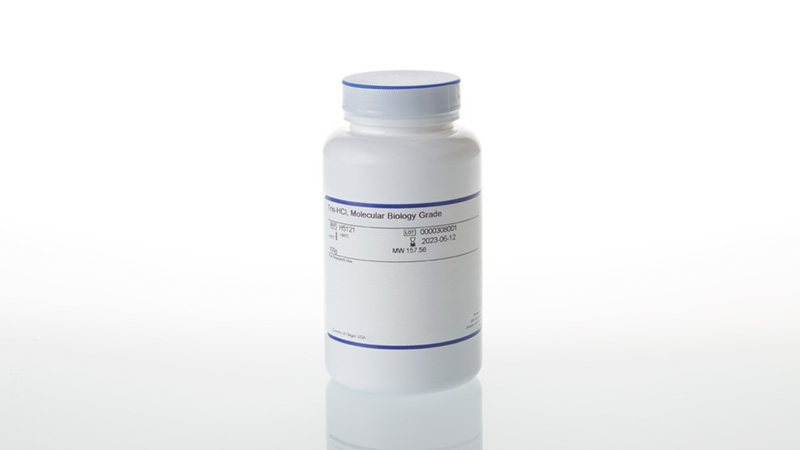
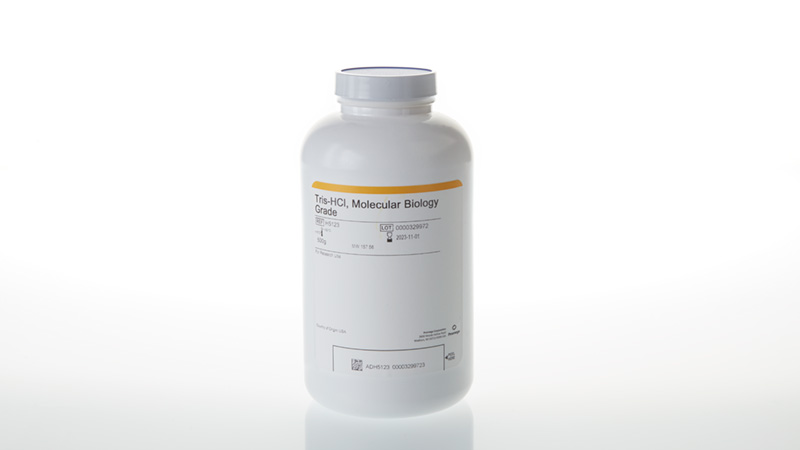

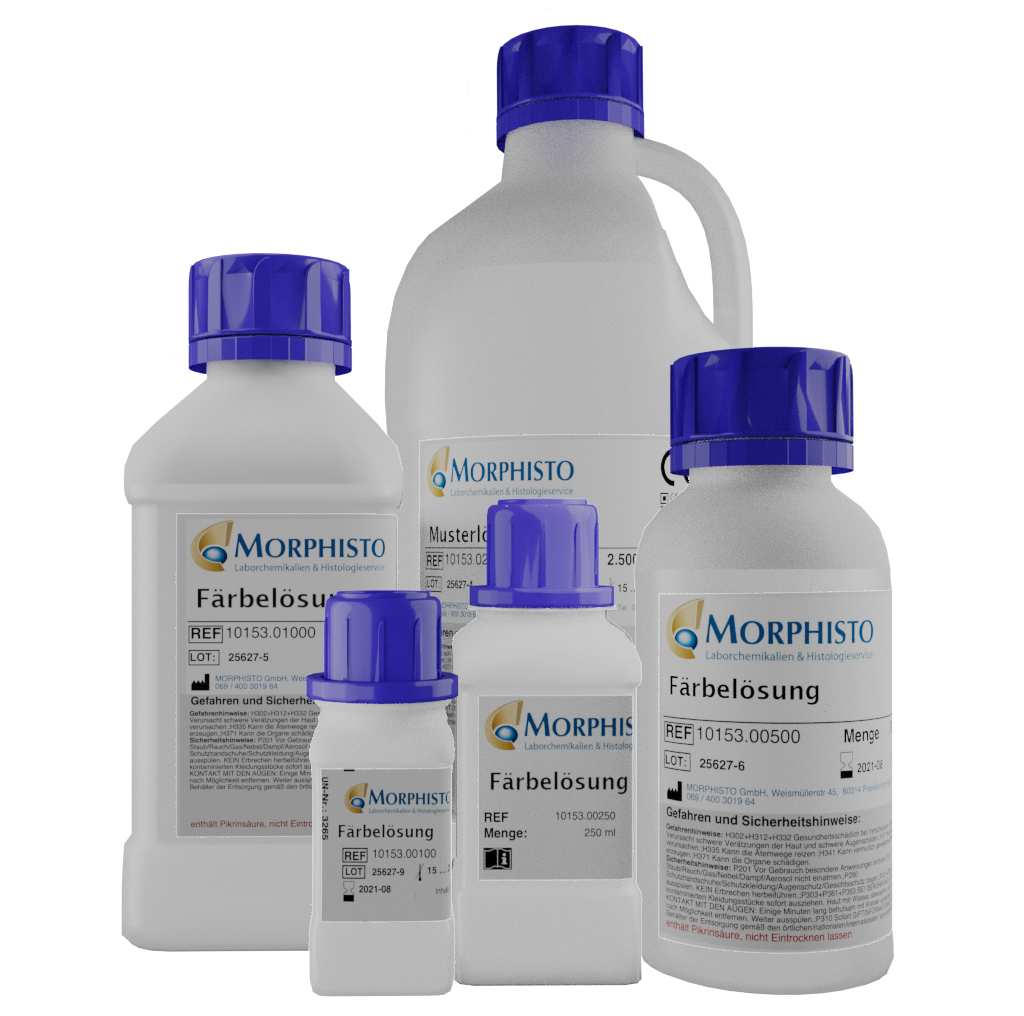
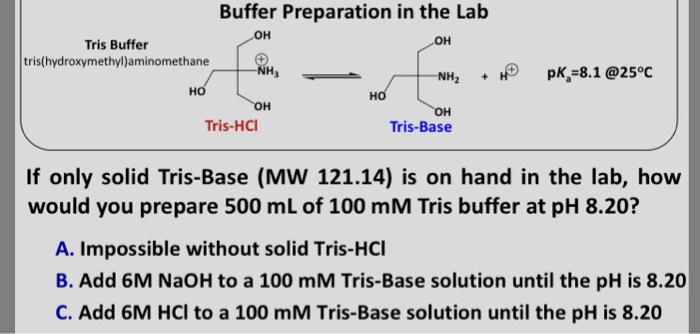


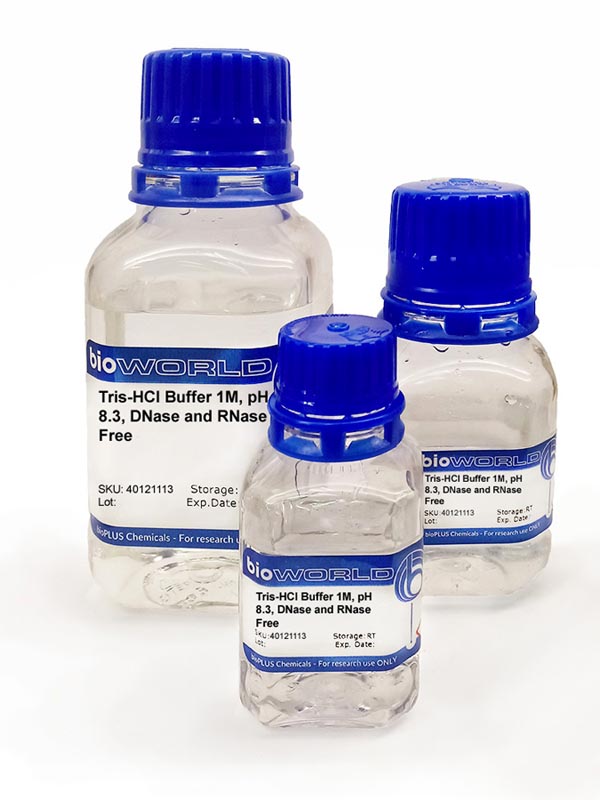

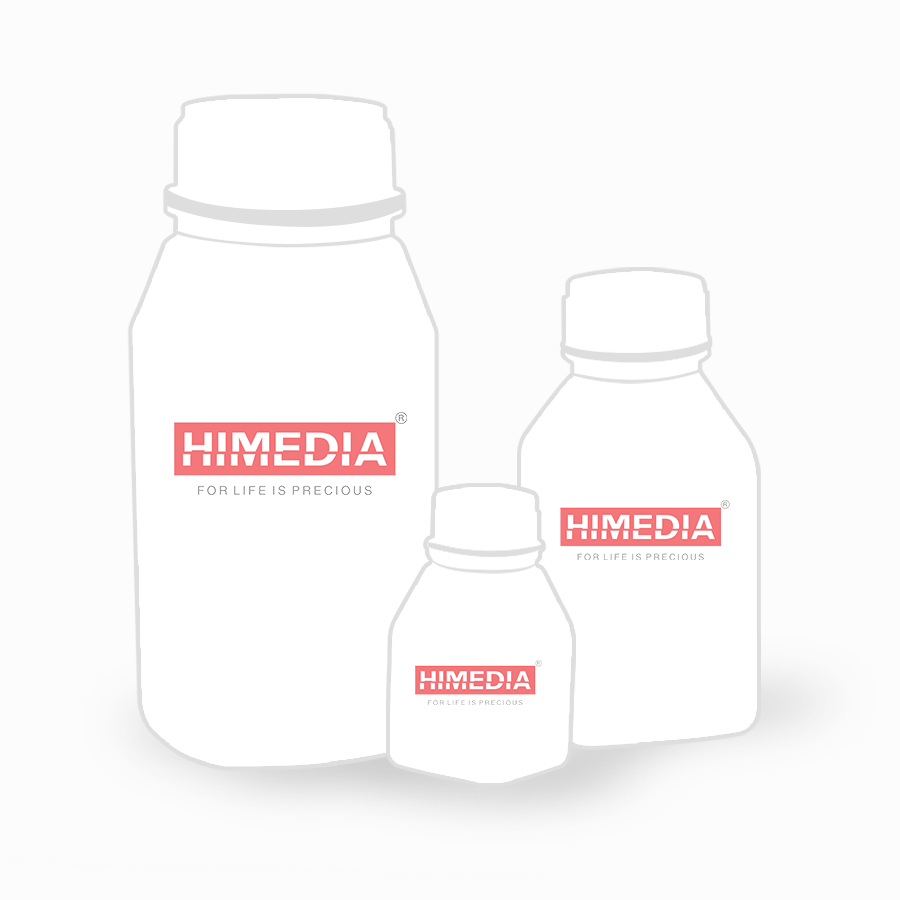


![BT019b] 1M Tris-HCl, pH 8.0 | Biosolution BT019b] 1M Tris-HCl, pH 8.0 | Biosolution](http://biosolution.cafe24.com/wp-content/uploads/2015/05/BT016-1M-Tris-HCl.jpg)



